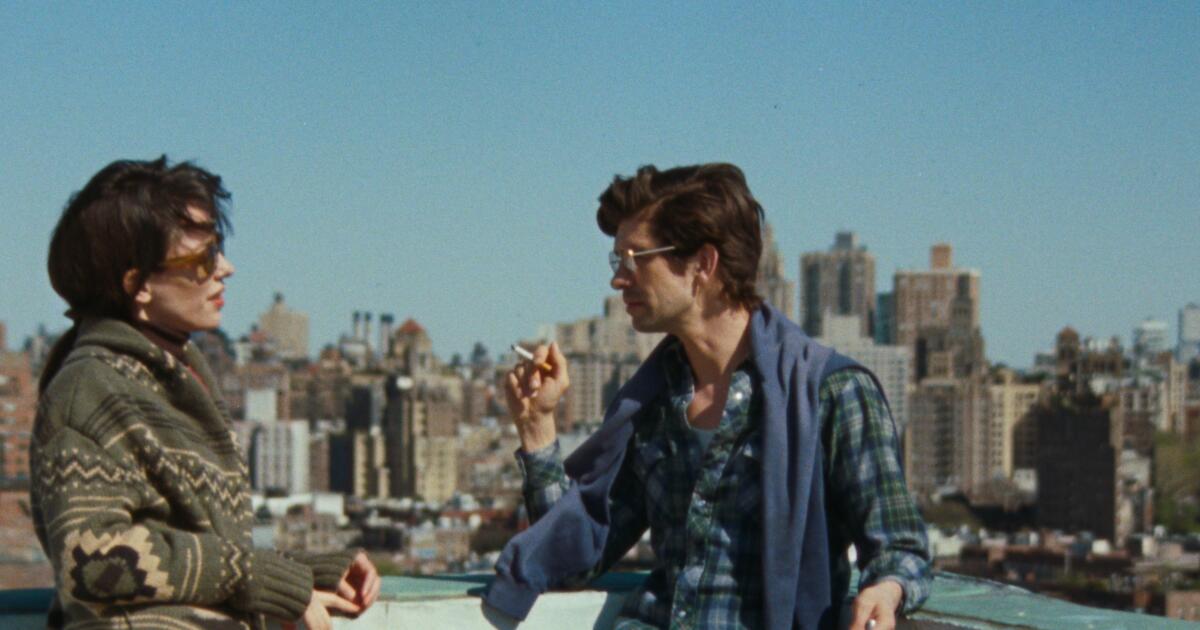If our waking hours are a canvas, the artwork is how one fills it: tightly packed, loosely, a little bit of each. At a time once they had been each 40 and the artwork scene in ’70s New York was in thrall to street-centered youth of all stripes, real-life author Linda Rosenkrantz requested her shut good friend, photographer Peter Hujar, to make a document of his actions on sooner or later — Dec. 18, 1974 — after which narrate these particulars into her tape recorder the next day at her house.
The purpose was a guide in regards to the nice mundane, the stuff of life as skilled by her proficient confidants. In Hujar’s case, an uncannily observant queer artist and key homosexual liberation determine planning his first guide, what emerged was a wry narrative of telephone calls (Susan Sontag), freelancing woes (is that this gig going to pay?), celeb encounters (he does an Allen Ginsberg shoot for the New York Instances) and likelihood conferences (some man ready for meals on the Chinese language restaurant). The Hujar transcript, recovered in 2019 sans the tape, was in the end printed as “Peter Hujar’s Day.”
Now director Ira Sachs, who got here throughout the textual content whereas filming his earlier film “Passages,” has given this quietly mesmerizing, diaristic dialog cinematic life as a filmed efficiency of kinds, with “Passages” star Ben Whishaw completely forged as Hujar and Rebecca Corridor filling out the room tone as Rosenkrantz. (In addition they go to the roof a few instances, which affords sufficient of an exterior visible to remind us that New York is the third character getting the time-capsule remedy.)
From the whistle of a tea kettle within the daylight as Hujar amusingly feels out from Rosenkrantz what’s required of him, to twilight’s extra sincere self-assessments and a supine cuddle between associates who’ve spent many hours collectively, “Peter Hujar’s Day” captures one thing fantastically distilled about human expertise and the consolation of others. For every of us, any given day — perhaps particularly a day devoid of the extraordinary — is the fruits of all we’ve been and no matter we would hope to be. That makes for a stealthy significance contemplating that Hujar would solely dwell one other 13 years, succumbing to AIDS-related issues in 1987. It was a lack of mentorship, aesthetic brilliance and camaraderie felt all through the artwork world.
Aside from not explaining Hujar for us (nor explaining his many identify drops), Sachs additionally doesn’t cover the meta-ness of his idea, often providing glimpses of a clapperboard or the crew, or letting us hear sound blips because it seems a reel is ending. There are soar cuts too, and interludes of his actors in close-up that may very well be coloration display checks or only a nod to Hujar’s aptitude for portraits. It’s playful however by no means too obtrusive, approaching an concept of how artwork and flicks play with time and may conjure their very own actuality.
The straightforward, sparsely elegant split-level house creates the best authenticity for Alex Ashe’s textured 16mm cinematography. The inside play of sunshine from day to nighttime throughout Whishaw and Corridor’s faces is its personal dramatic arc as Hujar’s particulars change into an intimate testimony of humor, rigor and reflection. It’s not meant to be solely Whishaw’s present, both: As justly compelling as he’s, Corridor makes the act of listening (and infrequently commenting or teasing) a gentle, enveloping heat. The result’s a window into the pleasures of friendship and people days when the trivialities of your family members looks like the stuff that true connection is constructed on.
‘Peter Hujar’s Day’
Not rated
Working time: 1 hour, 16 minutes
Taking part in: Opens Friday, Nov. 7 at Laemmle Royal

